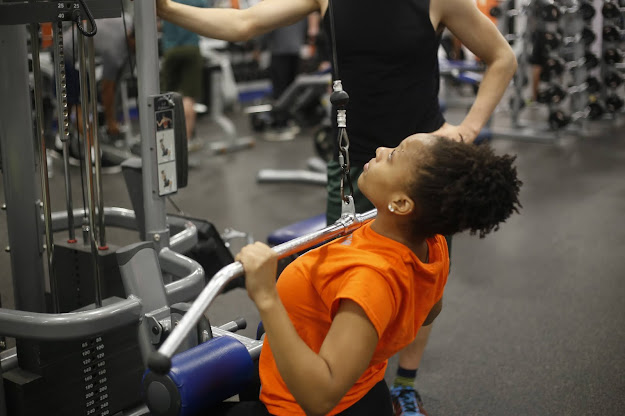What is Intuitive Training and How Can it Improve My Results?
Imagine this scenario: you’re stiff and sore from yesterday’s lower-body work during your fitness gym session, you think you might have tweaked something in your lower back, and you didn’t sleep well. Despite these warning signs, you agree to your friend’s invitation to check out a new killer boot camp class after work.
Does this sound like someone who’s listening to their body? Of course not. And it’s a recipe for burnout, plateaus, and –worst of all – injury.
Intuition about what’s going on in our bodies is something all of us need to cultivate both in and outside the gym, and that’s why more and more trainers are encouraging fitness gym regulars to practice intuitive training.
What Intuitive Training Means
Rather than blindly following a program or jumping on every new fitness fad regardless of its safety or required fitness level, intuitive training caters each workout to what will best suit your current (as in, daily) condition and abilities. In our example, that might mean promising a friend you’ll check out the new class another night, and opting, instead, for some easy yoga before getting a good’s night’s sleep.
The first tip to start practicing intuitive training is to never work through pain. There’s a difference between pushing yourself through a tough workout and pushing your body into the danger zone for an injury. This is especially important when you’re just starting a program that’s challenging to you. It doesn’t mean there won’t be times you’ll start your workout a little sore, but that’s where an adequate warm up, easing into the workout, and stretching afterward come into play.
Questions to Ask Yourself
Learning to train intuitively takes time and practice, especially if you’re not used to tuning into your body. Start by deliberately asking yourself the following questions every time you get ready to hit the fitness center:
- How did I sleep last night?
- Am I stiff or sore anywhere?
- Do I have any lingering injuries to accommodate?
- When did I last eat and how might it affect this workout?
- Am I hydrated?
- How much time do I have to get in a safe, quality workout? Do I need to change my plans?
- What kind of training have I done so far this week and which muscle groups have I already hit?
Use this list to help you decide when it might be a good idea to tweak your program. Depending on the answers, you might want to change your weights, do some foam rolling or light stretching, or grab a quick protein bar and a bottle of water before you get started. And never feel bad about stopping a workout if you’re experiencing pain or unusual discomfort.
Creating a Habit of Mindfulness
As you practice tuning in to your body, you’ll get better at it – and experience better results with fewer setbacks and injuries. The goal is that, eventually, you’ll be mindful of your body and how it affects your training all the time without even thinking about it.
The best part is that mindfulness of your body and intuitive training will benefit all areas of your life – not just the time you spend at the fitness center. Do something good for yourself and start practicing this important principle today!




Comments
Post a Comment